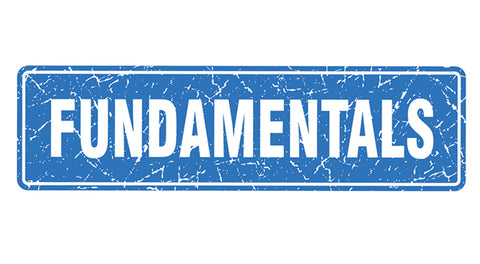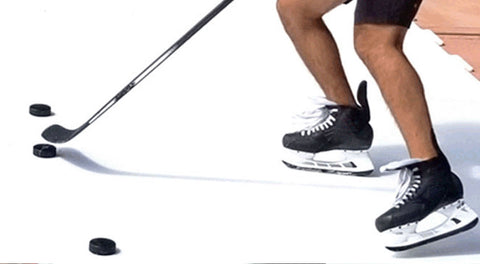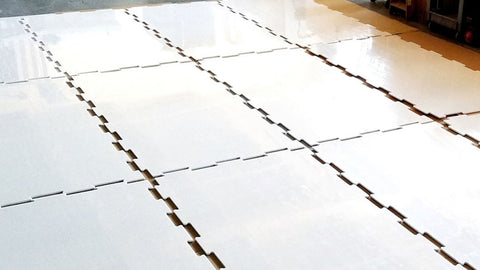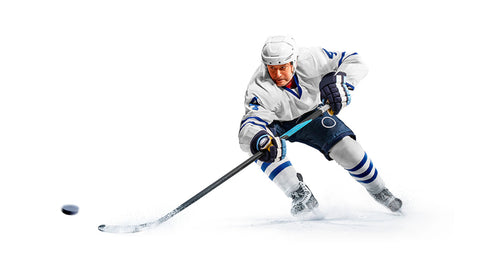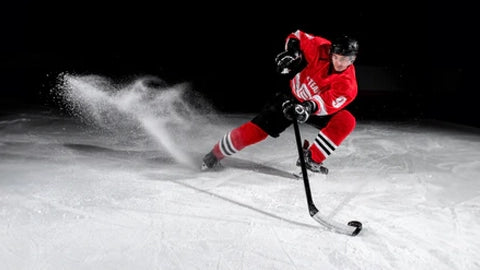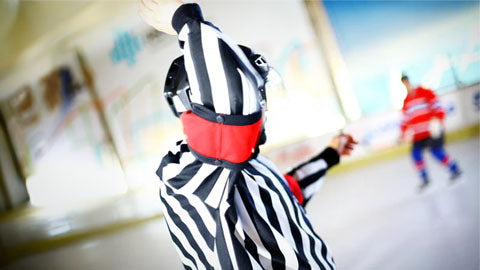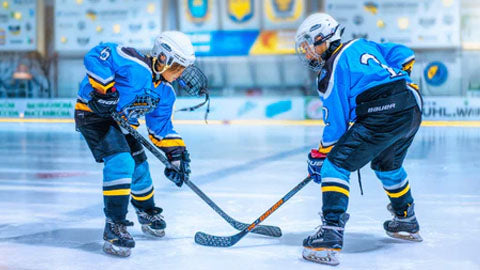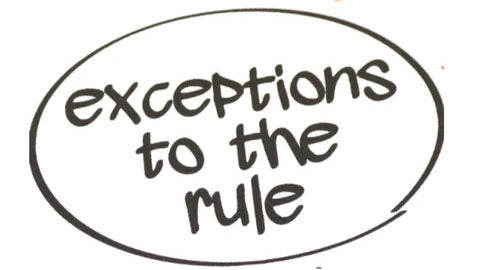10 Best Ice Skating Outfits For Women Under $100
Deion Sanders famously said, “When you look good, you feel good. And if you feel good, you play good.”
Figure skating is part skill, part performance, and part pageantry.
Looking your best is an important part of figure skating, especially when competing.
It boosts self-confidence and complements inventive expression and performance.
PRACTICE YOUR SKATING ROUTINE AT HOME WITH POLYGLIDE SYNTHETIC ICE
A nicely outfitted, thoughtfully designed outfit captivates your audience, connects with the judges, and contributes to a memorable experience.
Skaters must also consider their outfit's practical and aesthetic factors.
Choosing the Right Ice Skating Outfit
Unfortunately, ice skating outfits can cost a lot, especially if they’re custom made.
But you’re in luck, there are ice skating outfits for women under $100, if you know where to look.
Here is a list of the 10 best ice skating outfits to help you look and feel your best on the ice.
Our Top Picks
Best Value Ice Skating Outfit
Freebily Women's Figure Ice Skating Dress
Best Overall Ice Skating Outfit
ChloeNoel Velvet Double Layer Mesh Figure Skating Dress
1. Freebily Women's Figure Ice Skating Dress
An all black look screams formal and is perfect for ice dancing, duets, or classical routines on the ice.
Using polyester and chiffon, you get the shiny appeal while the bands of sequins help you glitter as you glide.
The mesh sleeves and cold shoulder design brings formal style while keeping you warm.
Feel majestic as you skate in this highly rated, affordable ice skating outfit.
2. ChloeNoel Velvet Double Layer Mesh Figure Skating Dress
If you're looking to be subtle or exude class on the ice, this velvet double layer mesh figure skating dress is right up your alley.
It's an elegant velvet dress with discreet crystals, a mesh skirt, and long sleeves for comfort and warmth.
The premium quality materials allow for versatility in different competition styles and conditions.
It's easy to maintain with hand washing and reusable for practice, examinations, or future competitions.
With a flattering fit, it's an excellent choice for skating events.

3. Alexandra Collection Women’s Sequin Mesh Dance Costume Dress
Coming in at $50, the Alexandra Collection Costume Dress is an affordable option for teens and women diving into their first ice skating competition.
Combining mesh and spandex, this navy dress is breathable, light, and versatile.
The sequined cuffs and neck helps you glitter and glow as you stand out for judges.
A simple yet powerful design, you’ll perform your best moves with ease.
4. LIUHUO Blue Velvet Ice Skating Dress
The LIUHUO store has a wide range of ice skating outfits for women under $200 but this one stands out.
At $69, you get a smooth velvet feel adorned with fantastic sequins.
Look graceful on the ice with this spandex and polyester combination that’s great for kids and teens alike.
It’s soft and warm, so you’ll stay cozy with its long sleeves while on the ice.
The flared skirt adds a bit of elegance that’s expected on the ice.
You or your loved ones will surely get compliments from this one!
5. Freebily Women's Adult Rhinestone Mesh Ice Skating Dress
The Freebily dress is great for young adults or women looking to impress at their next competition.
An elegant, durable, and flexible option, this easy to maintain option is a popular cost-effective dress for figure skaters in multiple competitions.
The red ice skating dress is perfect for performances with its unique sparking rhinestone detail at the front.
Made with premium quality mesh, chiffon, and polyester, it's ideal for indoor and even outdoor ice skating performances.
This dress is ideal for skaters looking to elevate their performance in comfort.
6. Mondor Figure Skating Examination Dress
Is it time for you to move up a level in your figure skating journey?
Are you getting ready for your first competition?
This figure skating examination dress is what you need.
Mondor is known for their ice skating apparel and they’ve created this dress so you feel comfortable during your next test.
The long-sleeved black dress is made of a snug velvet material that’s warm, yet functional.
The classic skirt flows fell, allowing you to perform your turns and jumps with ease.
It’s a simple, affordable dress for practice and testing time.
7. ODASDO Girl Ice Figure Skating Dress
If your tween or teen girl is looking for a dress that reflects their attitude, it's the ODASDO figure skating dress.
This is a versatile piece with a built-in adjustable leotard shorts, making it great for skating, gymnastics, ballet, and anything else in between.
The large embroidered flower and stones makes it a standout option.
While sleeveless, the mesh shoulders and skirt still provides style with a comfortable spandex torso.
This dress offers style and durability at an affordable price tag.
8. Agoky Women's Long Sleeve Ice Skating Dress
Do you need a blue option for your next ice skating competition?
Check out Agoky's long sleeve dress.
The combination of polyester and spandex ensures a form-fitting look that shimmers. The blue mesh sleeves and shoulders are covered in studs for a classy finish.
Available in multiple colors and sizes, this dress is great for dance class, ice skating, and much more.
9. Spiral Jacket and Pants Set For Girls
Sometimes you need a comfortable jacket and pants set for practice, examinations, or friendly competitions.
This spiral set made from polyester is just what you need.
Comfortable enough for young girls and teens to skate, while fashionable to hit the ice in style, you can wear this on and off the ice.
Made from durable, sustainable materials, you can get the set on Amazon in multiple colors for an affordable ice skating outfit.
10. LIUHUO Figure Skating and Training Dress
Whether for training or competing, some skaters prefer comfort.
You get a comfortable yet functional and beautiful option with this LIUHUO dress.
The pink and blue gradient design with sequins on the upper frame does just enough to catch the attention of audiences and judges.
The 3D cut, hand-sewn garment fits like a glove while the long sleeves and polyester helps to keep you warm and comfortable.
Perform loops and axels with grace in this trendy figure skating ensemble.
Find the Perfect Outfit Without Breaking the Bank
Whether you’re figure skating, ice dancing, practicing, or getting ready for an examination, how you look matters.
Presentation can earn you that extra place in competition or give you the confidence to really give it your best.
Our list focuses on appeal and function, while staying under the reasonable $200 mark for a truly remarkable figure skating outfit.
Choose one (or more) that can match your routine.
And wow everyone when you step onto the ice.































